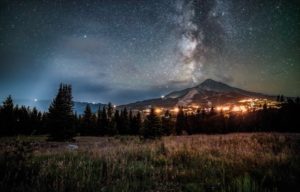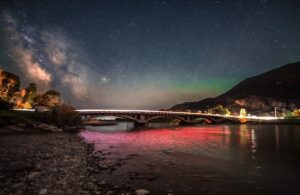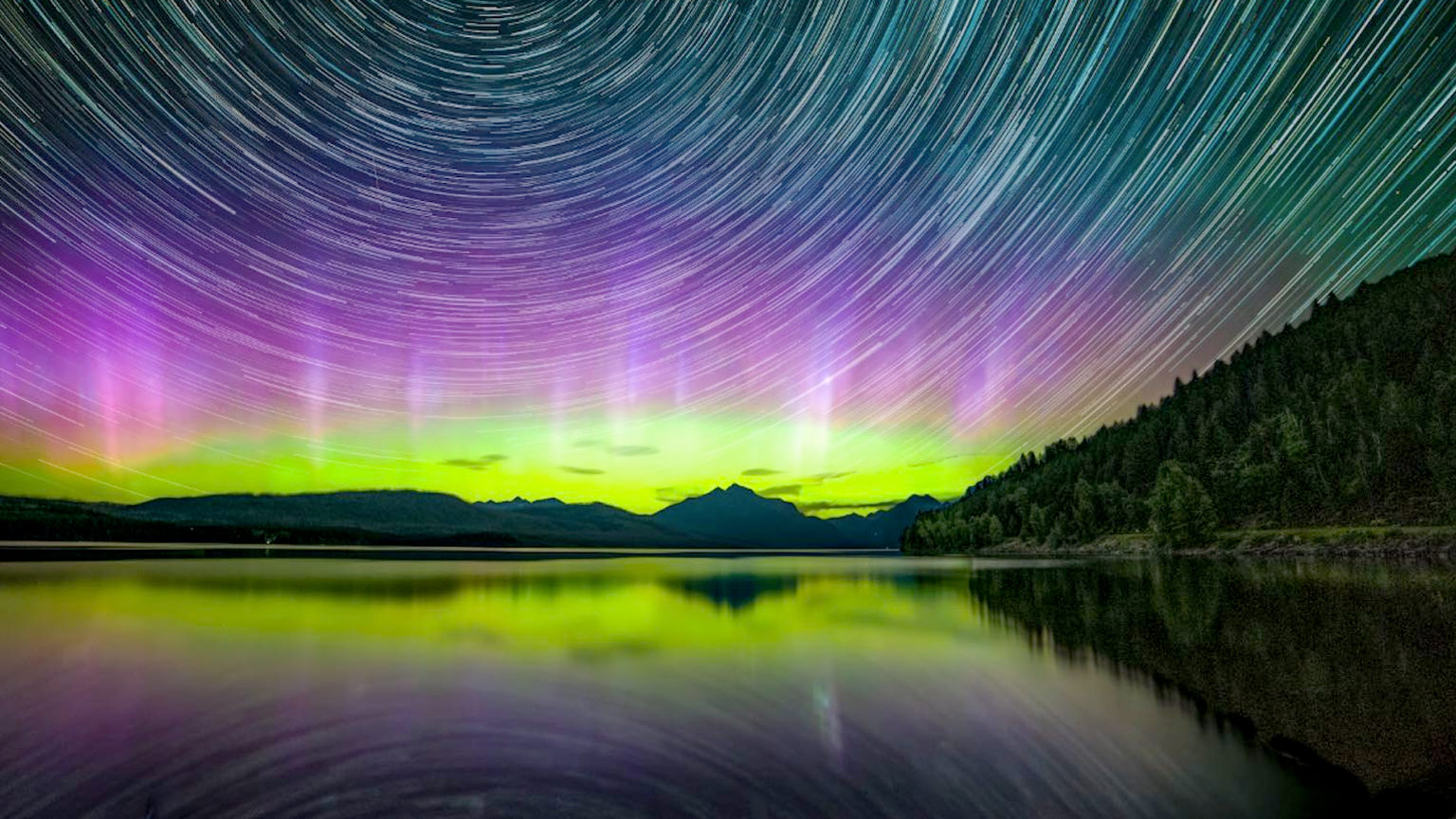By Jessica Byerly
The youngest child of two ornithology professors, Montana DarkStar Founder Matt Jackson has been defined by his connection with nature as far back as he can remember. Whether through early morning birding, late evening herping (catching frogs) or the range of adventures in between, Jackson recalls an acute awareness of his relationship with the landscape and his responsibility to the delicate ecosystems reliant on that awareness for survival.
Part of Jackson’s childhood adventuring involved capturing that ethos with a camera. In fact, he received his first interchangeable lens film camera—an old Minolta—when he was just five years old. At age seven, Jackson completed his father’s university photography course, “Phototechniques in Biology,” learning how to frame shots and develop film in a dark room. In second grade, he won a photo contest for a picture he took of a pig with that same camera.
Though interceding years found Jackson’s interests returning to biology, conservation and navigating environmental damage—so much so that he completed his doctorate in environmental engineering last year. He found himself back behind the lens a few years ago, rediscovering his first love and cultivating that infatuation with a bright new vision of the dark side.
To learn a little more, I sat down with Jackson to talk about DarkStar, the business of astrophotography and shedding light on the dark.


“The Lone Mountain” in Big Sky, Montana. PHOTO BY MATT JACKSON
Jessica Byerly: How have your educational pursuits informed your photography and vice versa?
Matt Jackson: When I started college, my interests were largely focused on conservation biology, but, after working in the Everglades for several months, I began to understand that the environmental issues we were facing were largely due to population growth and progress. As a result, I obtained a second bachelor’s degree, in environmental engineering; began researching algae biotechnology after an intriguing undergraduate internship with a biofuel company; and, finally, completed a Ph.D. at Montana State University in 2021.
Feeling anxious and overwhelmed is common when working on an advanced degree. To escape those feelings, I began going out at night to capture the stars while winding down after a long day in the lab. It was a place where I was in control, and the things I created were completely mine.
I can’t imagine a future where I’m not still exploring the darkness and capturing the stars. For me, science and astrophotography are synergistic. When I’m out in the middle of nowhere capturing the cosmos, my mind is calm. I’m able to think clearly and creatively both about my process and the engineering challenges I am facing. Conversely, when I am working on engineering tasks, I am more grounded and able to organize my existence better. Astrophotography gives me the freedom to lose myself in the darkness; engineering keeps me tethered to reality.
J.B.: Why photography, and astrophotography in particular?
M.J.: In many ways, photography is more of a science than most other visual art forms. Astrophotography is essentially learning how changing input parameters (camera settings) impacts and alters the way light is captured, then using this information to efficiently capture the trace amounts of light present at night. The artistic part is being able to do this and produce visually stimulating images.
I was fascinated with astrophotography after my first clear image of the night sky–when I saw it pop up on the back of the camera, something clicked. I was instantly obsessed. In a single frame, I fell more in love with astrophotography than I had ever been with any other type.
J.B.: What makes astrophotography so compelling?
M.J.: Astrophotography is very different from other styles of photography, most notably in that there is no “auto” mode. Many photographers, including myself, say that good photography is 90 percent composition and, while that’s still important with astrophotography, understanding how to capture light is even more so.
J.B.: What is your most memorable photographic project?
M.J.: I have been to 37 states in the last two years and, while each shoot is unique, the most memorable have been those where I had a breakthrough. Photographing the Northern Lights for the first time is certainly high on my list, but so is the first successful image I ever captured of the night sky. If I had to choose, it would be the image I captured of Old Faithful on an exquisitely clear wintry night in 2019: Old Faithful and Beehive erupted in a perfect closing duet to my long, solitary wait.


“Bridging Paradise” Bridge over Yellowstone River with lights from passing cars captured at Carters Bridge fishing access site. PHOTO BY MATT JACKSON
J.B.: What is your favorite place to shoot?
M.J.: Montana. Though I wasn’t born here, I’ve been here for nearly a decade and a big part of the person that I am is a direct result of my experiences here.
J.B.: What excites you about photography in the dark? Does the seclusion ever get to you?
M.J.: I’m actually terrified of the dark. I think, in many ways, my passion is motivated by this fear: I’m driven to conquer it by bringing light to the darkness. I also love watching the stars. The grandeur of the universe helps me put my relatively insignificant challenges into perspective.
J.B.: What mark do you hope to leave on the photographic community, if any?
M.J.: My art brings me back to the beginning: to the environmental ethos my parents instilled in me; to my goal to leave the world a better place than it was when I entered it; and to my belief that we, as a species, can do better. Many incredible photographers have captured breathtaking images of the natural world during the day, fostering an appreciation and level of connection in the viewer with places on our planet that they may never visit in person. I want to help people to build a similar connection with the natural world at night. My hope is that, through sharing my images, I can give people a reason to care about the places I capture, a deep recognition of the vastness of our universe and the fragility of our small home in that vastness, a place called Earth.








